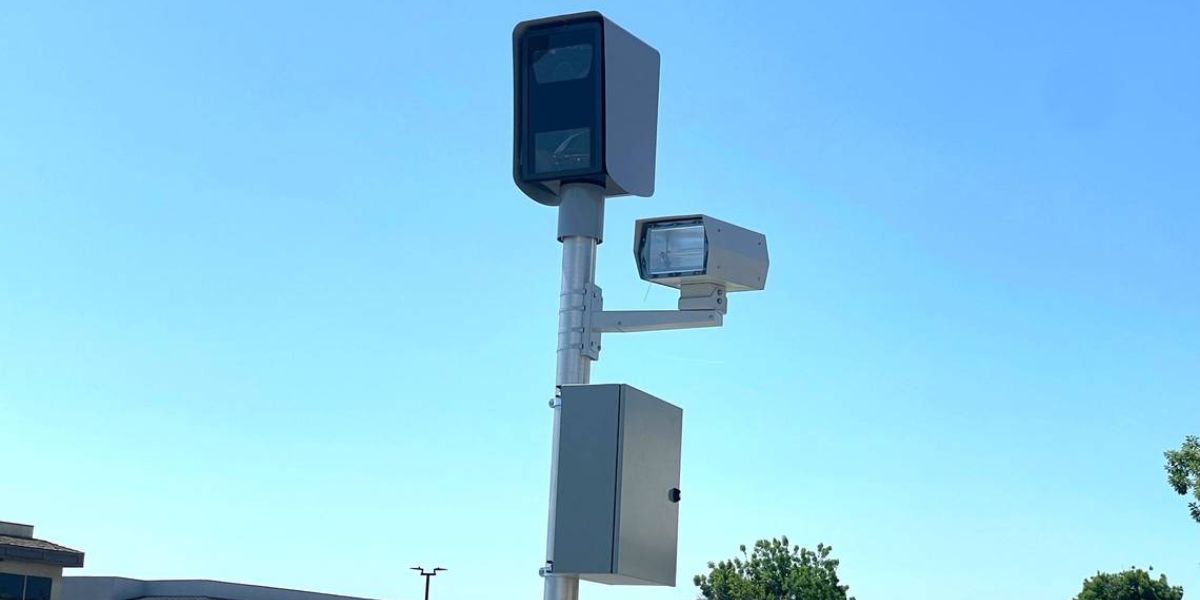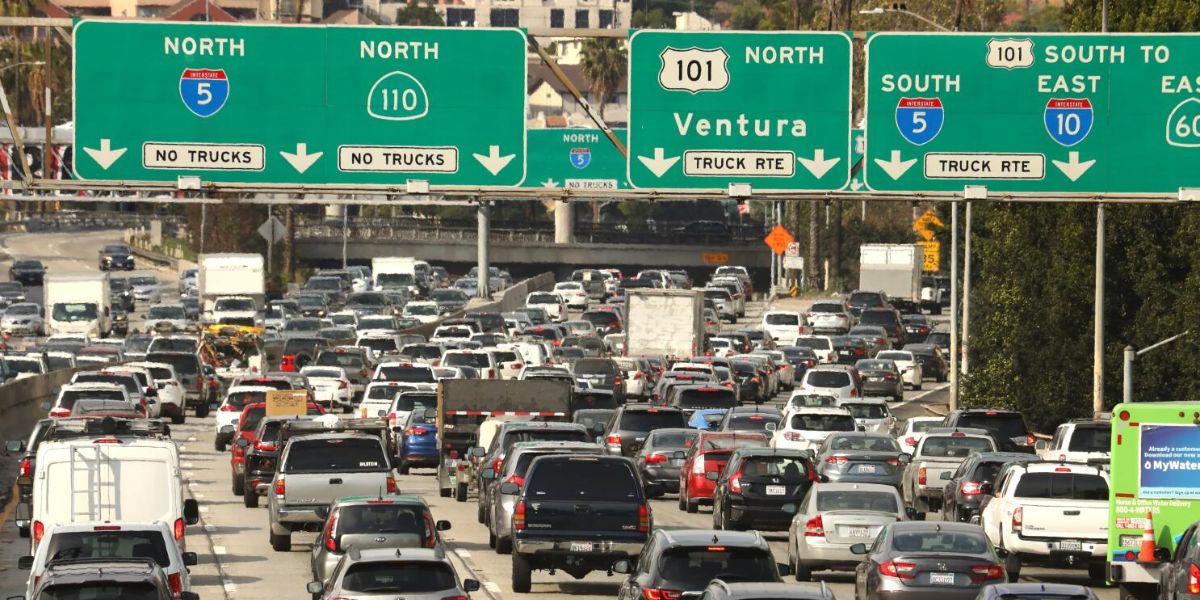In 2025, California continues expanding its use of red-light and speed enforcement cameras — but not without growing public concern. While officials cite traffic safety, critics point to privacy, accuracy, and revenue motives behind the lens.
Wider Rollout of Automated Enforcement
Red-light cameras have been active in California since the late 1990s. Today, over 30 cities use them. But recent legislation signed by Governor Gavin Newsom in 2023 significantly expanded automated traffic enforcement.
The new law allows speed cameras in designated “safety corridors” — areas with high crash rates, school zones, and illegal street racing activity.
Participating cities include:
- Los Angeles
- San Francisco
- Long Beach
- San Jose
- Oakland
- Glendale
San Francisco has taken a leading role. The city is installing 33 speed cameras that will fine drivers $50 to $500, depending on how far over the limit they go (starting at 11 mph over).
At the same time, the San Francisco Municipal Transportation Agency (SFMTA) is expanding its red-light camera program, increasing the number of monitored intersections for violations like red-light running and illegal turns.
Safety vs. Surveillance: What the Public Thinks
Not everyone is on board with the rapid expansion. Many California residents have expressed concern about:
- Accuracy of citations
- Protection of personal data
- Potential misuse for city revenue
Critics argue that some cities prioritize income over safety, citing previous legal challenges due to miscalibrated cameras and technical glitches.
“Automated enforcement can be helpful,” said one San Jose resident, “but only if it’s accurate and used fairly. Otherwise, it just feels like a money grab.”
What the Law Says
Under California Vehicle Code 21455.5, red-light cameras are legal but must follow strict operational rules. These include:
- Clear signage notifying drivers of camera enforcement
- Routine camera maintenance and calibration
- Use of the technology as a safety tool, not a hidden trap
Violations can result in fines and points on a driver’s record, making accuracy and fairness essential.
What’s Next for California Drivers?
As more cities adopt these systems, state leaders face growing pressure to balance safety with transparency. Many advocates are pushing for:
- Public data on camera performance
- Clear appeal processes for disputed citations
- Strict oversight to ensure safety-first implementation
Whether these reforms are enacted — and how effectively they work — could determine the future of red-light and speed camera programs statewide.
Key Takeaways:
- Red-light and speed cameras are expanding in California under new 2023 law
- Cameras target school zones, crash-prone corridors, and street racing hot spots
- Public concern remains high around privacy, accuracy, and fairness
- Officials stress safety, but critics worry about profit motives
- San Francisco is leading with one of the most aggressive rollouts in the state

 by
by 

